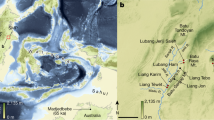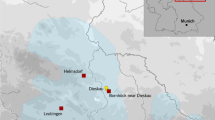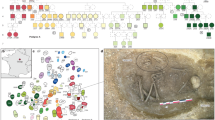Abstract
While 'surgical' practices such as trepanations are well attested since the first stages of the European Neolithic, the amputation of limbs in Prehistoric periods has not been well-documented until the case presented here. The particularly well-preserved remains of an aged male were recently uncovered in the Neolithic site (4900-4700 BC) of Buthiers-Boulancourt in the vicinity of Paris, France. It was already noticed in situ that the distal part of the left humerus was abnormal and this led us to the hypothesis of a partially healed 'surgical' amputation.The further investigations reported here confirm a traumatic origin and a partial cicatrisation after surgery, indicating that the patient survived. It also proves the remarkable medical skills developed during Prehistorical times. In addition, the associated grave goods are original, including the skeleton of an animal, a polished schist axe and a massive 30 cm long flint pick. Despite the serious handicap from which he suffered in this pastoral-agricultural community, the buried man obviously enjoyed some particular social status, as suggested by the remarkable and 'prestigious' accompanying grave-goods. If indeed this man benefited from some form of community care, this would indicate the level of social solidarity in Western Europe almost 7000 years ago.
Similar content being viewed by others
Article PDF
Author information
Authors and Affiliations
Corresponding author
Rights and permissions
About this article
Cite this article
Buquet-Marcon, C., Philippe, C. & Anaick, S. The oldest amputation on a Neolithic human skeleton in France. Nat Prec (2007). https://doi.org/10.1038/npre.2007.1278.1
Received:
Accepted:
Published:
DOI: https://doi.org/10.1038/npre.2007.1278.1
Keywords
This article is cited by
-
Surgical amputation of a limb 31,000 years ago in Borneo
Nature (2022)
-
Earliest known surgery was of a child in Borneo 31,000 years ago
Nature (2022)
-
Prehistoric child’s amputation is oldest surgery of its kind
Nature (2022)
-
Hallmarks of amputation surgery
International Orthopaedics (2019)



